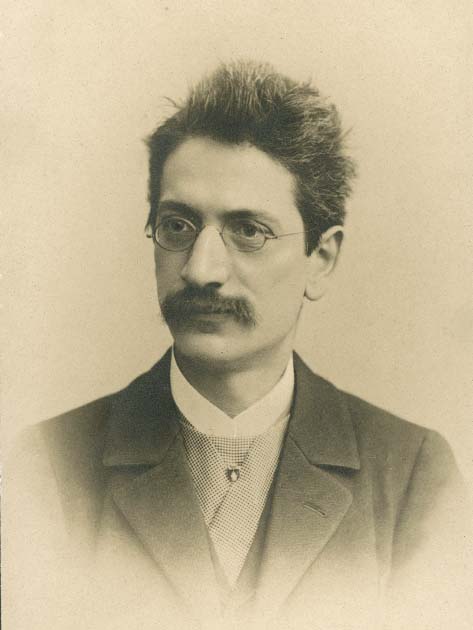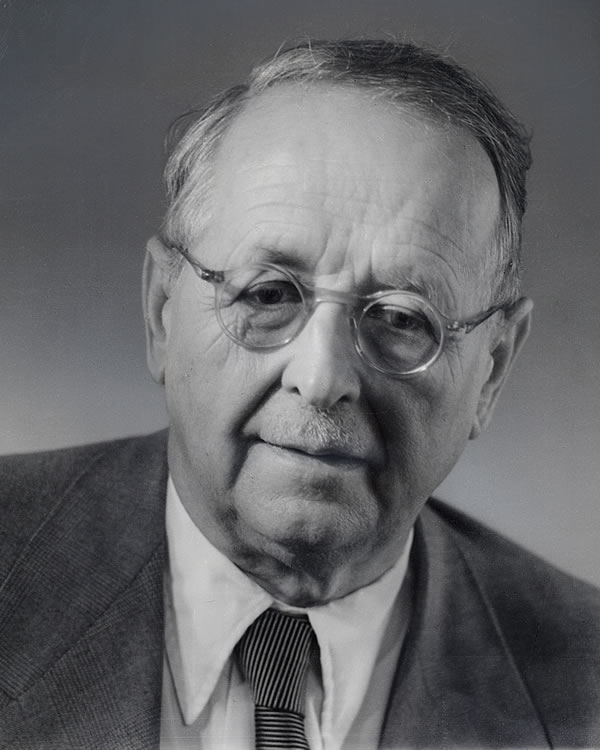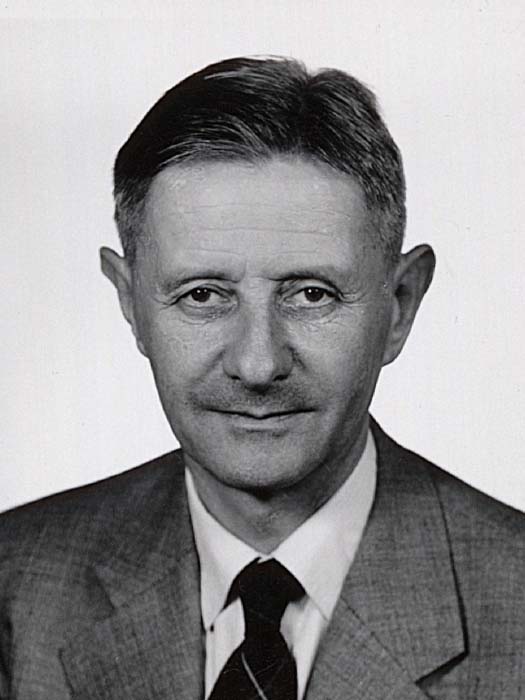Early 20th century
Turn of the century

By the turn of the century, mathematics was not only appreciated as a basic subject for the engineering sciences, but had established itself as an independent scientific field. This is also reflected by the fact that Adolf Hurwitz (1859-1919, in office 1892-1919) could be appointed as successor to Frobenius, taking on the post of head of the mathematics seminar. A few years later, Hermann Minkowski (1864-1909, in office 1896-1902) was appointed.
First International Congress of Mathematicians
The first International Congress of Mathematicians (ICM) was held in Zurich in 1897 and turned out to be a great success. This event was made possible thanks to Friedrich Geiser with his outstanding organizational skills and his many contacts in politics and international science.
In 1911 the Federal Polytechnical School shifted from a polytechnic institution to a university and changed its name to Eidgenössische Technische Hochschule (Swiss Federal Institute of Technology, today ETH Zurich). Read more
Hermann Weyl and Heinz Hopf

Shortly before the First World War, Hermann Weyl (1885-1955, in office 1913-1930) was appointed. His extensive knowledge and creative energy profoundly shaped mathematics at ETH Zurich. It was fortunate that during part of Weyl's time the two physicists Albert Einstein and Erwin Schrödinger were also working temporarily in Zurich. During those years the characteristic symbiosis of mathematics and physics at ETH Zurich was particularly pronounced. This collaboration continued, when in 1927 Wolfgang Pauli was appointed as a physics professor.
Concurrently with Hermann Weyl other prominent mathematicians were working as professors at ETH, such as Michel Plancherel (1885-1967, in office 1920-1954) who became successor to Adolf Hurwitz, and George Polya (1887-1985, in office 1928-1943), and who had already been acting as a Privatdozent and adjunct professor at ETH since 1914.

The departure of Hermann Weyl to Göttingen in 1930 left mathematics at ETH faced with the difficult problem of finding a suitable replacement. The appointment of Heinz Hopf (1894-1971, in office 1931-1965) as Weyl's successor, however, proved to be a godsend. Hopf was a great personality, as well as an outstanding teacher and researcher. He succeeded in building a school of algebraic topology of international standing.
ICM for the second time in Zurich
In 1932, shortly after the inauguration of Heinz Hopf, the International Congress of Mathematicians took place in Zurich for the second time. Following the First World War, there had been severe political turmoil in deciding on the venue of the congress; Zurich was selected because it offered a place of absolute neutrality.
New career opportunities for mathematicians
Up until then mathematicians were limited in their career choices to either the teaching profession or a professorship at a university. New career prospects opened up, however, as insurance companies and the industry started showing interest in well-trained mathematicians who were deployable in a variety of areas. The name Department for Subject Teachers in Mathematics and Science was therefore no longer accurate, so in 1932 the Department of Mathematics and Physics became the new home for mathematics.